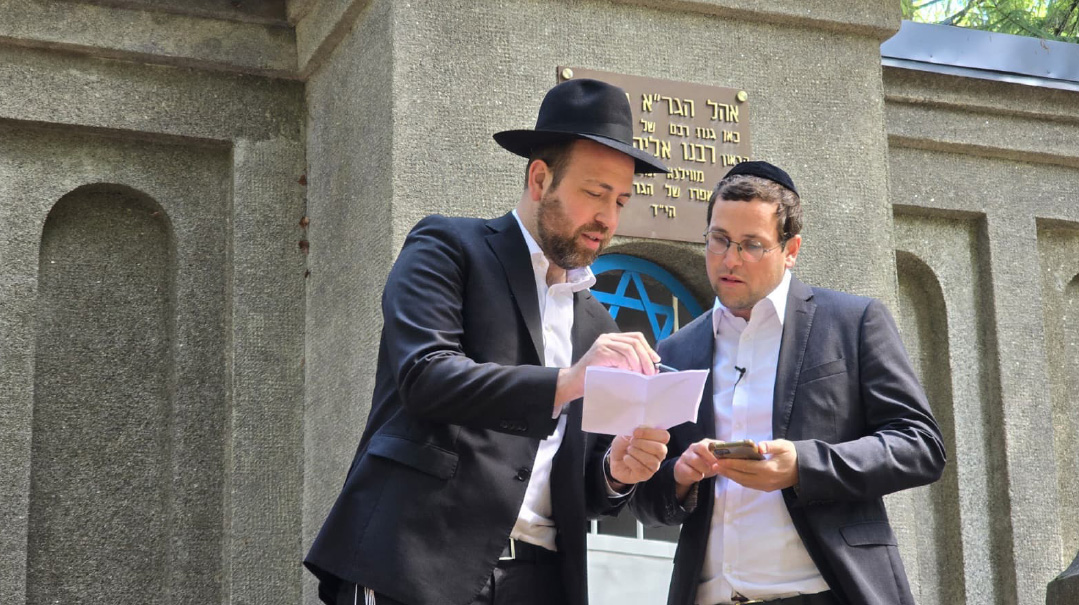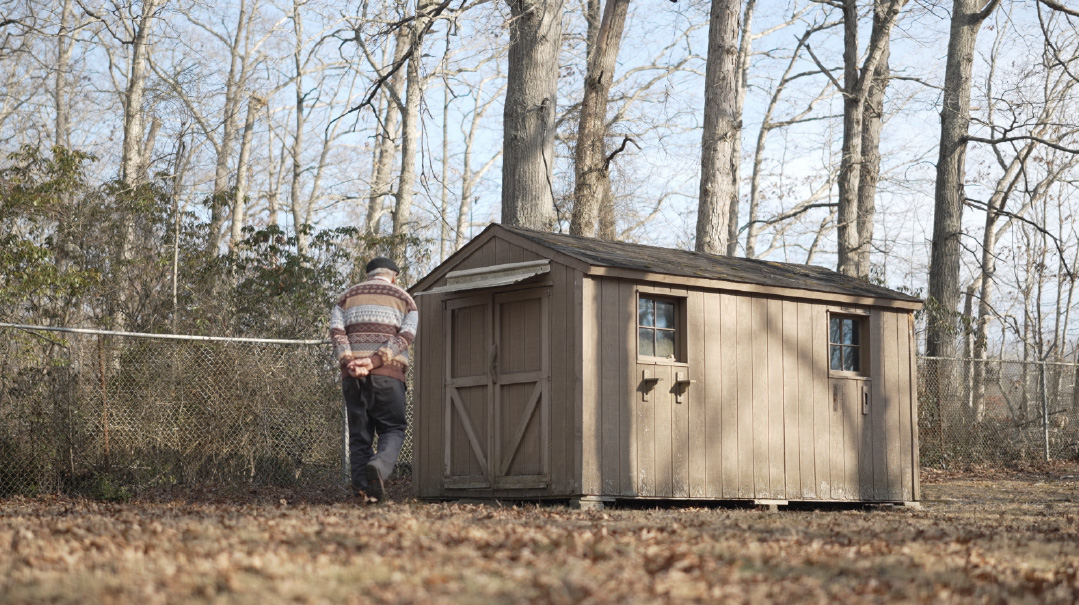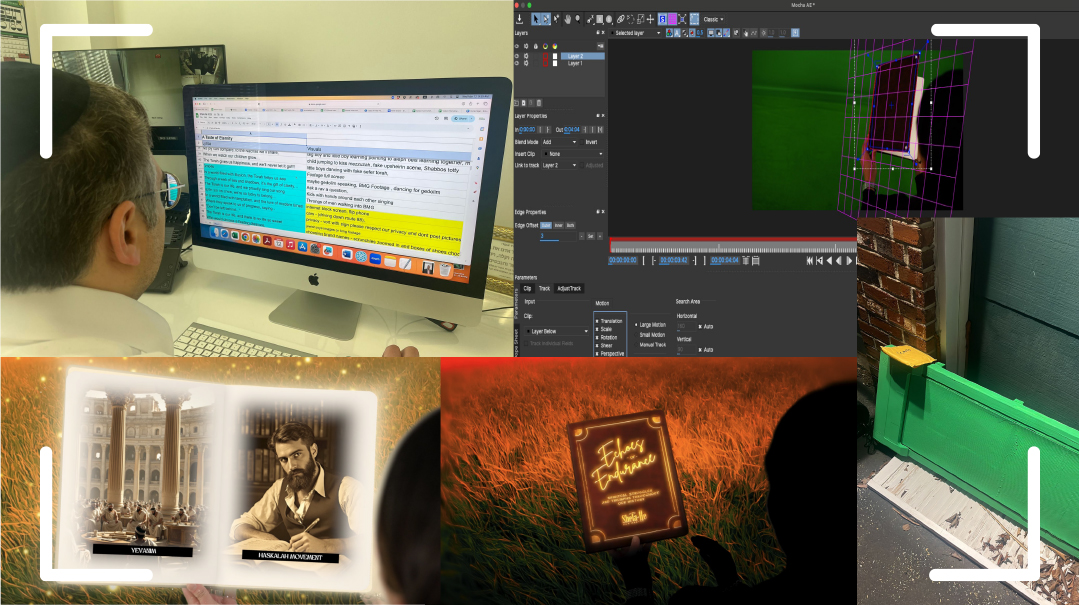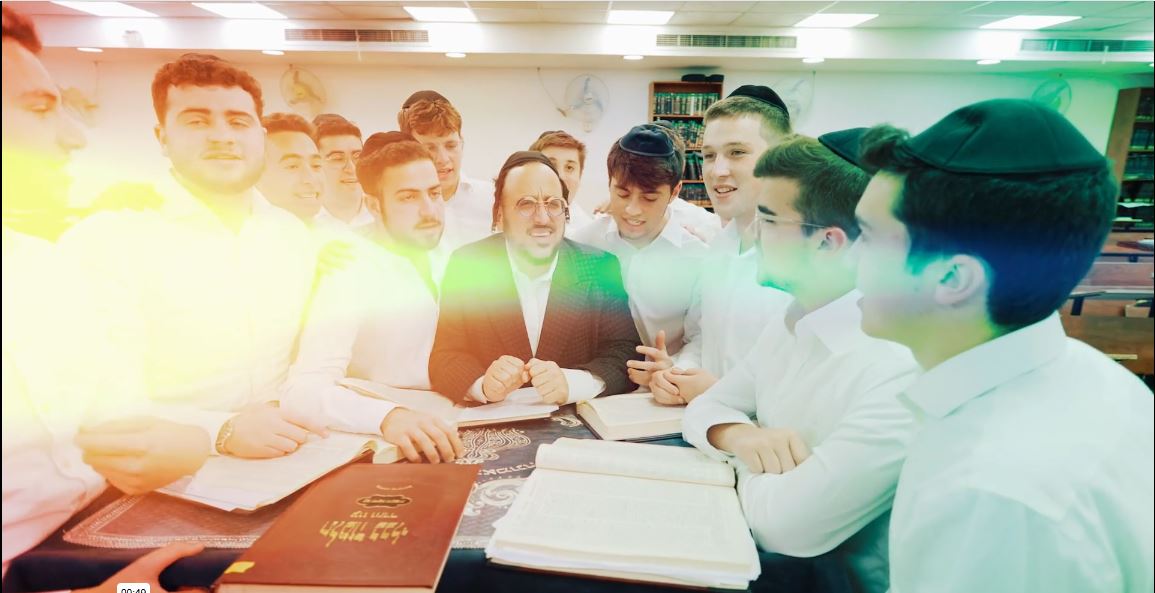Reel Chronicles
| July 18, 2023Outtakes from a video production studio
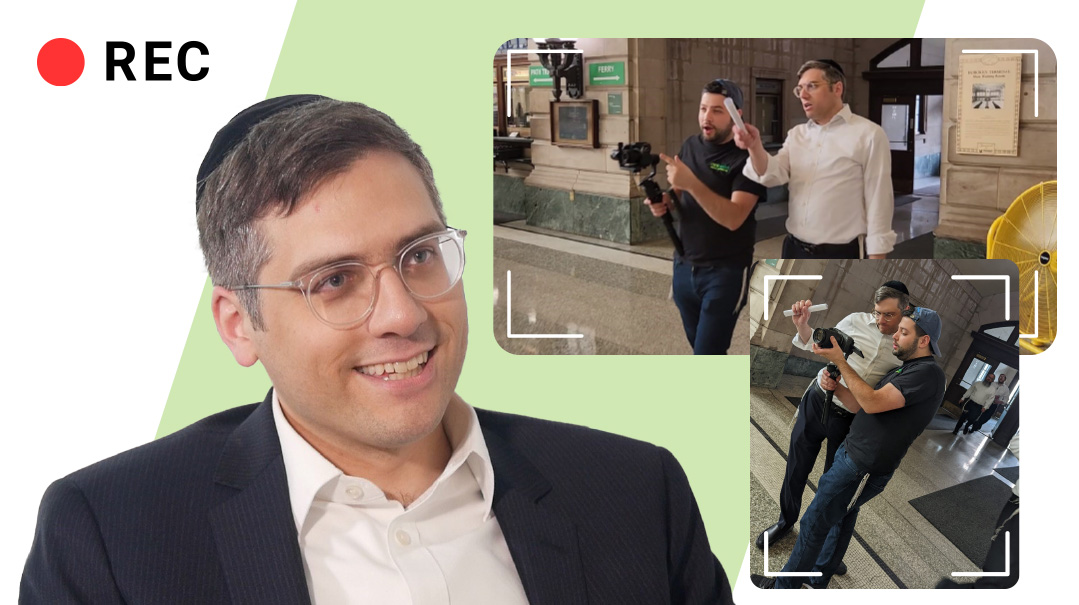
I’ve always been fascinated by technology and creativity. Even as a young boy, I enjoyed exploring photography, filmmaking, and graphic art, and I was always the one to volunteer making family slideshows and videos. During vacation, I’d come home from Shacharis and turn on the family desktop to “just touch up one thing,” only to look up later and realize it was time for Minchah and I had yet to eat breakfast.
I knew this combination of tech and creativity was a potential path to my parnassah, and even though some naysayers encouraged me to take a more conventional route in fields like business or finance, a wise and successful person advised me otherwise.
“Any business has the ability to bring parnassah, provided you’re willing to put in the proper hishtadlus to put out a top quality product,” he said.
After my marriage, I learned in kollel, first in Eretz Yisrael, then in Lakewood, New Jersey, for several years. While I was learning, family members referred multiple organizations to me for my video-making skills. I produced promotional videos for them, so when it was time for me to start working full-time in 2013, I already had a few repeat clients.
It’s now ten years and hundreds of productions later, and with siyata d’Shmaya, my company Mint Media has established itself as a full-service video production agency. We service clients across the country, primarily in the nonprofit sector with schools and chesed organizations, and in the corporate sector across all industries, creating videos for events, online campaigns, promos, sales, and testimonials. We’ve grown to a core staff of eight, working with numerous videographers around the world to deliver strategic video production with the goal of putting out not only the most visually appealing product, but also the most impactful.
Join me behind the lens as we give you a glimpse of what goes into producing our videos.
Client: Project Inspire, a kiruv organization with branches across North America
Objective: Create a full-length documentary video on the life of Rav Nota Greenblatt, as well as a short preview version
Film locations: 6 — Eretz Yisrael, the Five Towns, Baltimore, Florida, Memphis, and our green-screen studio in Lakewood, New Jersey
Interviews: 35
Project Deadline: Tishah B’Av 5783
Oops! We could not locate your form.

